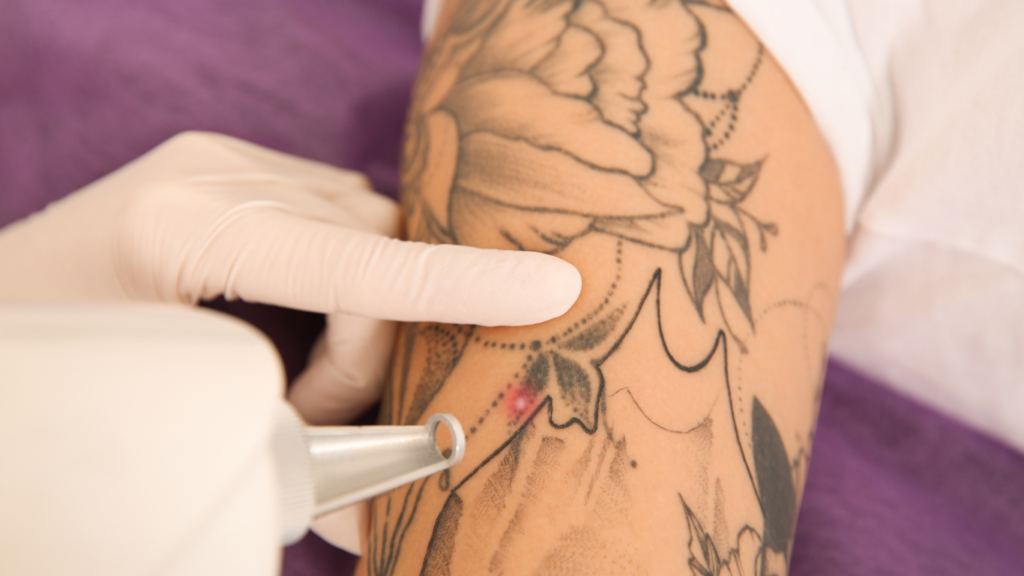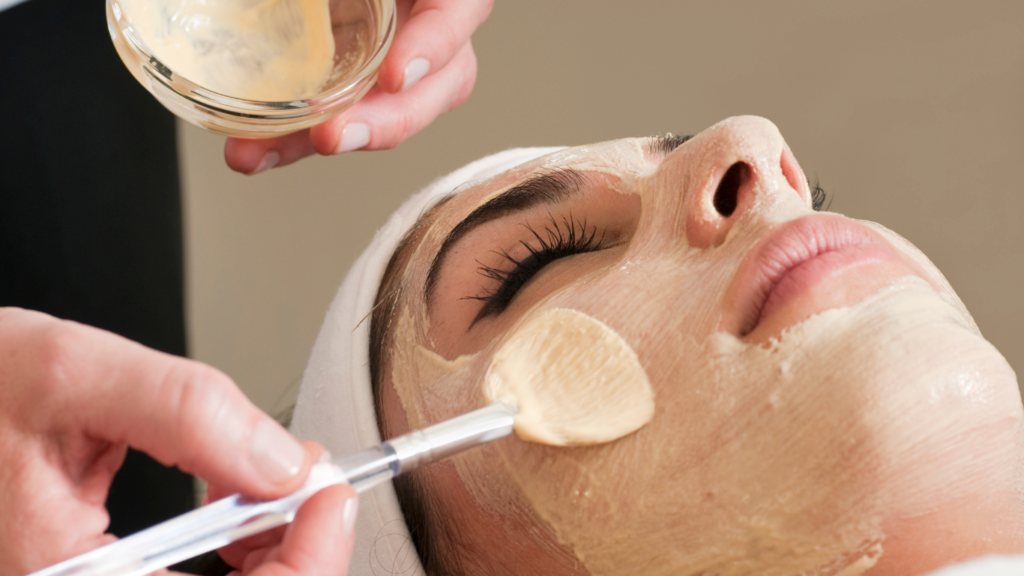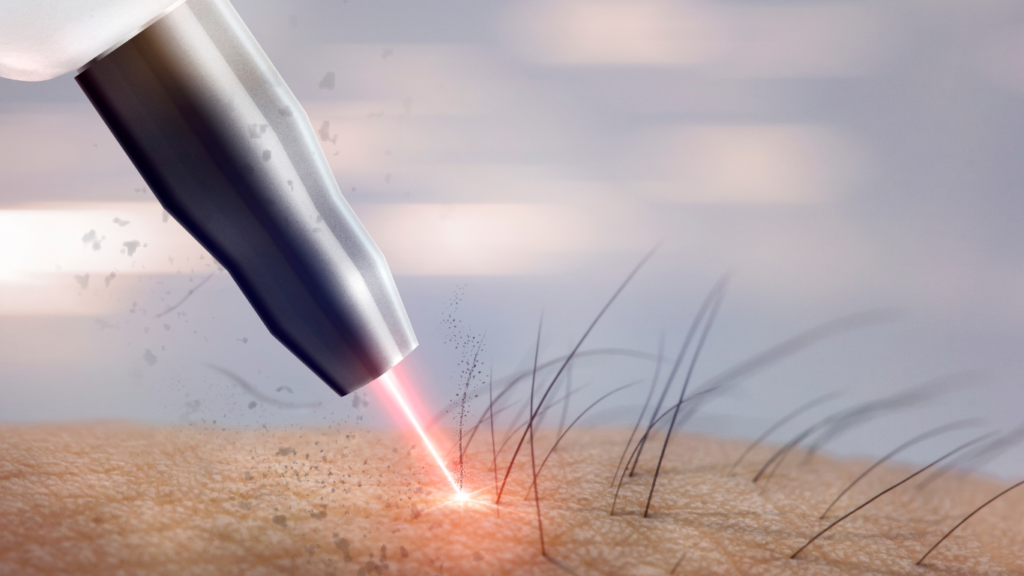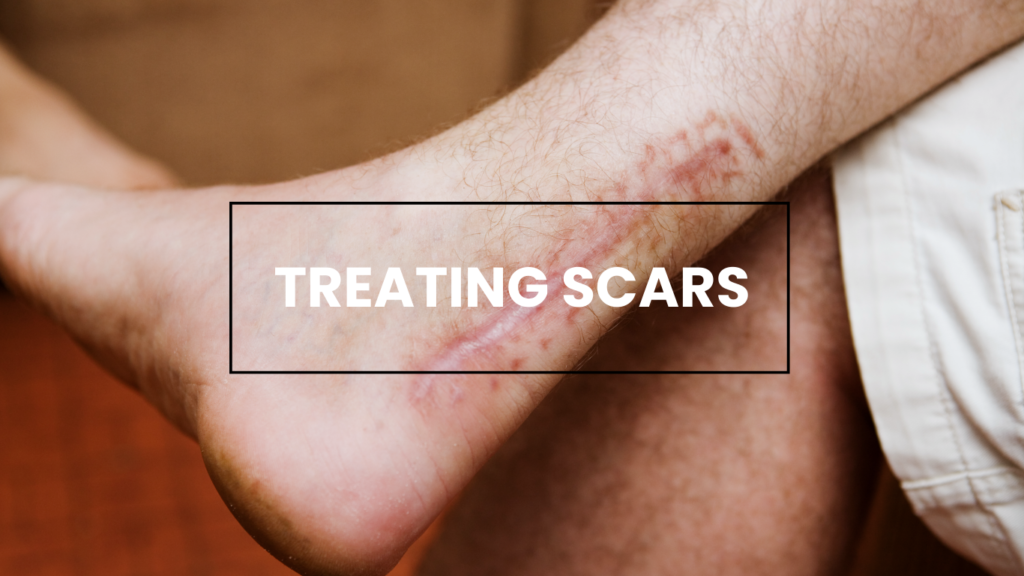Juvederm Volite and Profhilo: The Dynamic Duo Skin Booster
In recent years, the demand for non-invasive aesthetic treatments has been increasing. People are seeking out ways to enhance their appearance without the need for surgery, and skin boosters have emerged as a popular option. Skin boosters are a type of injectable treatment that improves the skin’s quality by providing hydration, improving elasticity, and reducing fine lines and wrinkles. The latest addition to the skin booster family is a duo of Juvederm Volite and Profhilo, which has gained popularity in recent times.In this article, we will take a closer look at this new skin booster and its benefits. Juvederm Volite and Profhilo are two separate injectable treatments that are often used together as a skin booster. Juvederm Volite is a hyaluronic acid (HA) injectable that is designed to hydrate the skin from within. HA is a naturally occurring substance in the body that helps to keep the skin hydrated and plump. As we age, the body’s production of HA decreases, leading to dry, dull, and wrinkled skin. Juvederm Volite works by injecting a small amount of HA into the skin, which attracts water molecules and helps to improve the skin’s hydration levels. On the other hand, Profhilo is a HA-based injectable that is designed to stimulate the production of collagen and elastin in the skin. Collagen and elastin are two essential proteins that help to maintain the skin’s structure and elasticity. As we age, the production of these proteins decreases, leading to sagging skin and wrinkles. Profhilo works by injecting small amounts of HA into the skin, which stimulates the production of collagen and elastin, leading to firmer, more elastic skin. Together, Juvederm Volite and Profhilo form a powerful skin booster that provides a range of benefits. Some of the benefits of this skin booster include: The main ingredients in Juvederm Volite and Profhilo are hyaluronic acid, which is a naturally occurring substance in the body. HA is a popular ingredient in many skincare products and treatments because of its ability to hydrate and plump the skin. HA is also biocompatible, meaning that it is safe to use in the body. So why should you get this skin booster? If you’re looking to improve the quality of your skin, then Juvederm Volite and Profhilo may be an excellent option for you. The treatment is safe, effective, and provides natural-looking results. It’s a great way to enhance your appearance without the need for surgery or other invasive procedures. However, it’s important to note that this treatment may not be suitable for everyone. It’s essential to consult with a qualified healthcare professional to determine if this treatment is right for you. They will be able to assess your skin and provide you with a personalized treatment plan. In conclusion, Juvederm Volite and Profhilo form a powerful skin booster that provides a range of benefits. The treatment is safe, effective, and provides natural-looking results. Want to book this service? Call us at 02-5555-255 or message us on WhatsApp at 050 902 3583.
Juvederm Volite and Profhilo: The Dynamic Duo Skin Booster Read More »








